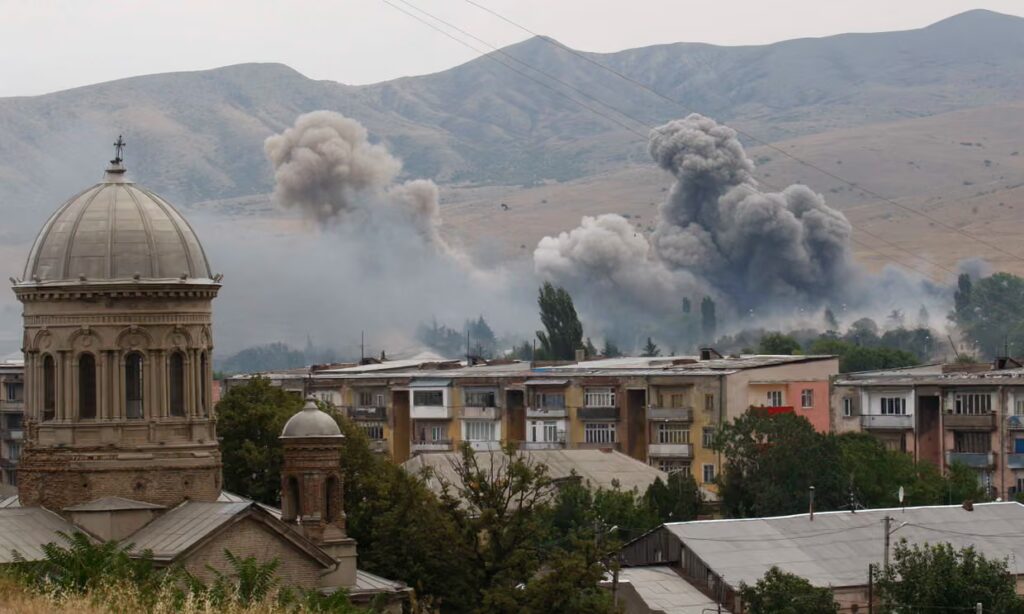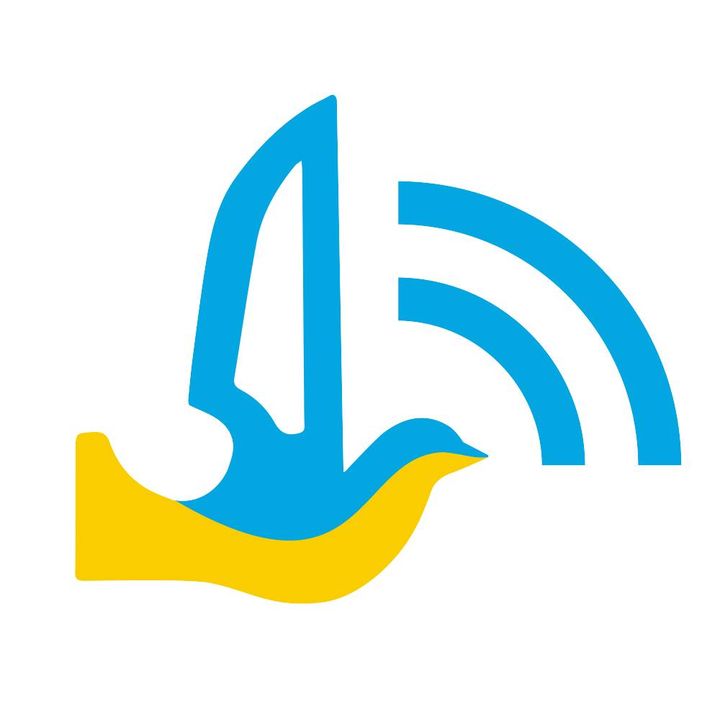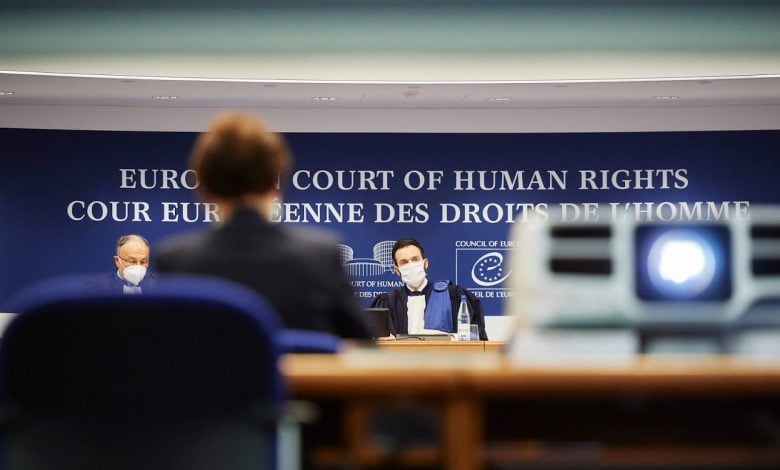The European Court of Human Rights has ordered Russia to pay $275 million in compensation for war crimes and human rights violations in Georgia, marking the second substantial judgment against Moscow for its 2008 invasion and subsequent occupation.
In an October 14 ruling, Europe's top human rights court unanimously ordered Russia to compensate over 29,000 Georgian victims whose lives were affected by the Kremlin's "borderization" campaign.
The term "borderization" refers to the practice of Russian forces and local militias installing new barriers, fences, and boundary markers that progressively move deeper into Georgian-controlled territory.
During this process, Russian forces and proxies progressively moved administrative boundary markers and barriers deeper into Georgian-controlled territory, separating residents from their property and families.
The €253 million (approximately $275 million) award covers systematic torture, arbitrary detention, restrictions on freedom of movement, denial of access to property, and suppression of Georgian-language education in territories Russia has occupied since its August 2008 military intervention.
Second significant ruling on Russia's 2008 Georgia invasion
The October ruling follows a $140 million judgment issued by the same Court in April 2023. That earlier decision addressed violations during the August 2008 war itself, including the killing of at least 50 civilians, torture of 16 prisoners of war, inhuman treatment of 166 victims, and the prevention of approximately 23,000 ethnic Georgians from returning to their homes.
Combined, the European Court has now ordered Russia to pay over $415 million to Georgian victims of the 2008 conflict and its aftermath.
Russia has not made payments on the 2023 judgment. Moreover, Moscow withdrew from the European Convention on Human Rights in September 2022 but remains legally bound to comply with decisions related to events occurring before that date, according to the Court's ruling.
What happened during Georgia's 2008 war
On August 7, 2008, Russian forces crossed Georgia's internationally recognised borders in what Moscow characterised as a "peacekeeping operation" to protect separatist regions of South Ossetia and Abkhazia. The five-day military conflict resulted in Russian forces occupying approximately 20% of Georgia's territory.
Following a French-brokered ceasefire, Russia formally recognized the independence of both regions — a recognition extended by only four other UN member states: Nicaragua, Venezuela, Syria, and Nauru.
Russia subsequently stationed military bases in both territories and signed integration agreements with the local administrations.
The conflict displaced over 100,000 ethnic Georgians, according to UN and OSCE reports. Most remain unable to return to their homes nearly 17 years later.

Current status of occupied territories
Russia maintains approximately 7,000 troops across military bases in Abkhazia and South Ossetia, according to Georgian government estimates. Moscow has signed "alliance and integration" agreements with both territories that provide for joint military command, integrated border management, and economic integration.
The United Nations and OSCE have maintained monitoring missions along the occupation lines since 2008, though access remains restricted in Russian-controlled areas. The EU Monitoring Mission (EUMM) maintains observation posts along the administrative boundary lines.




